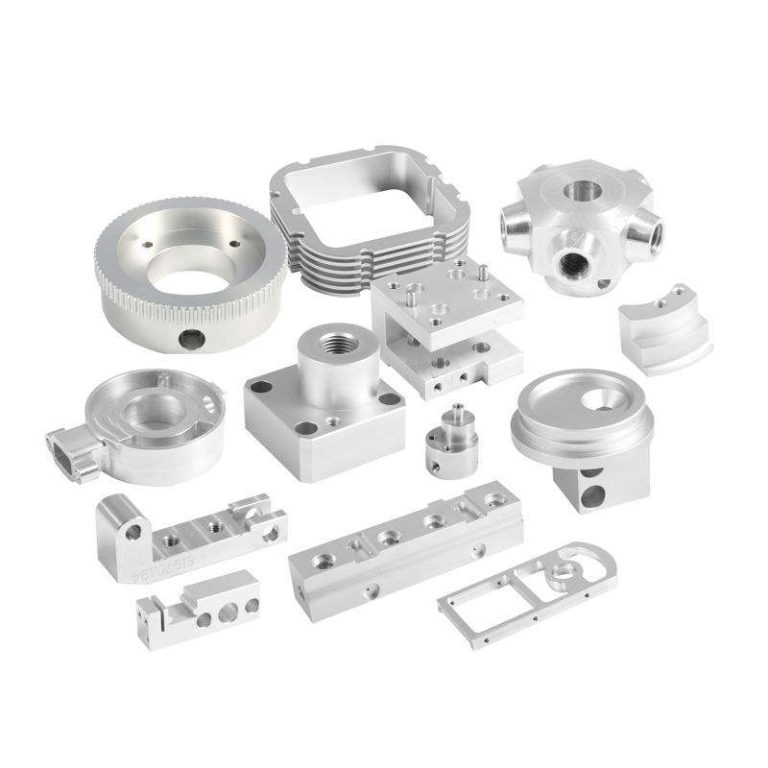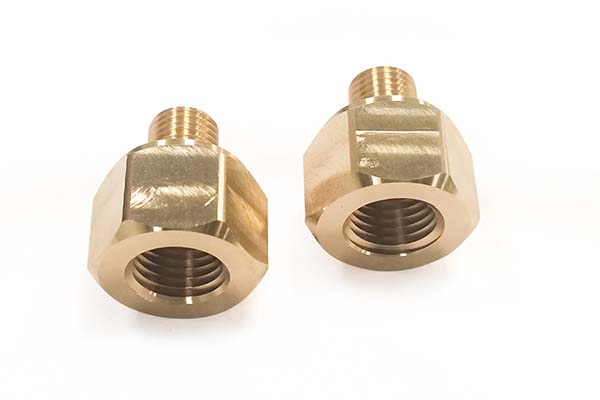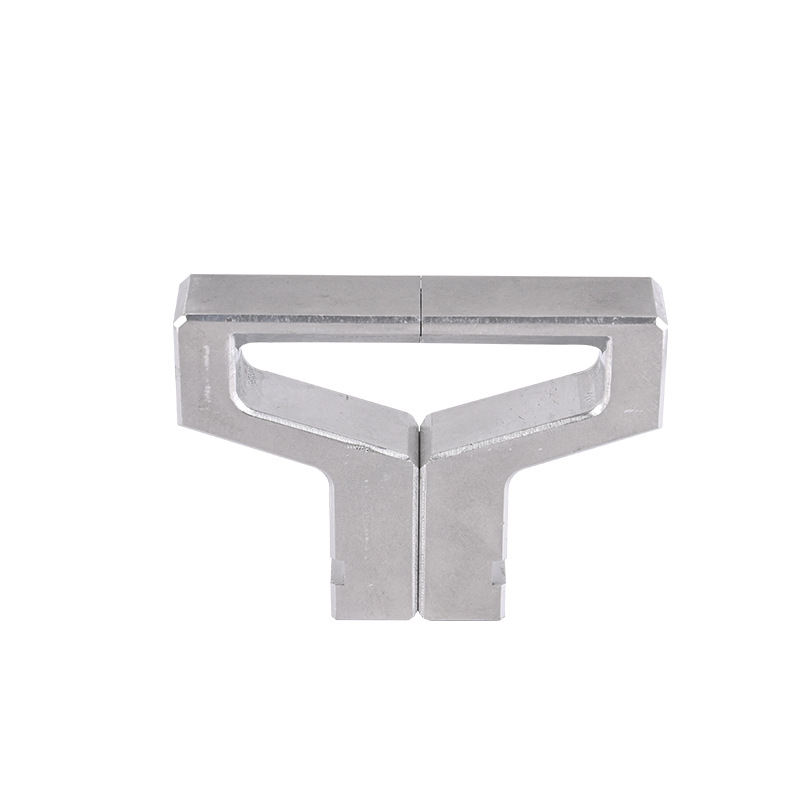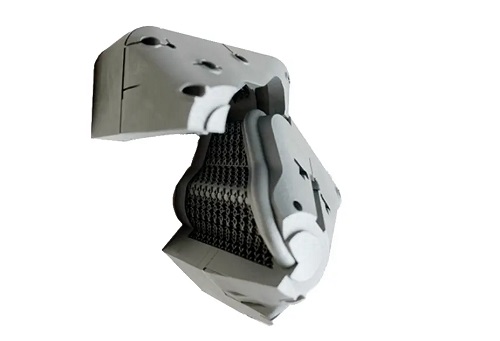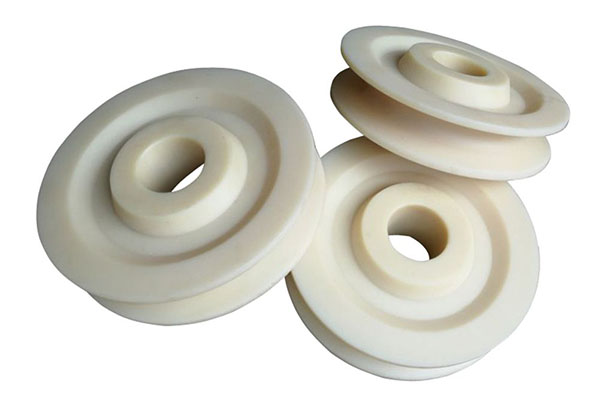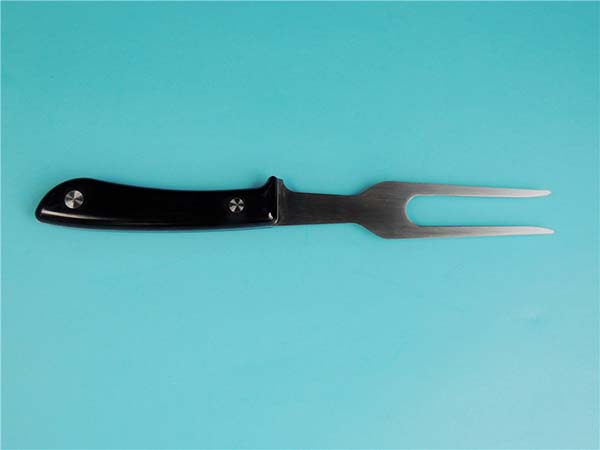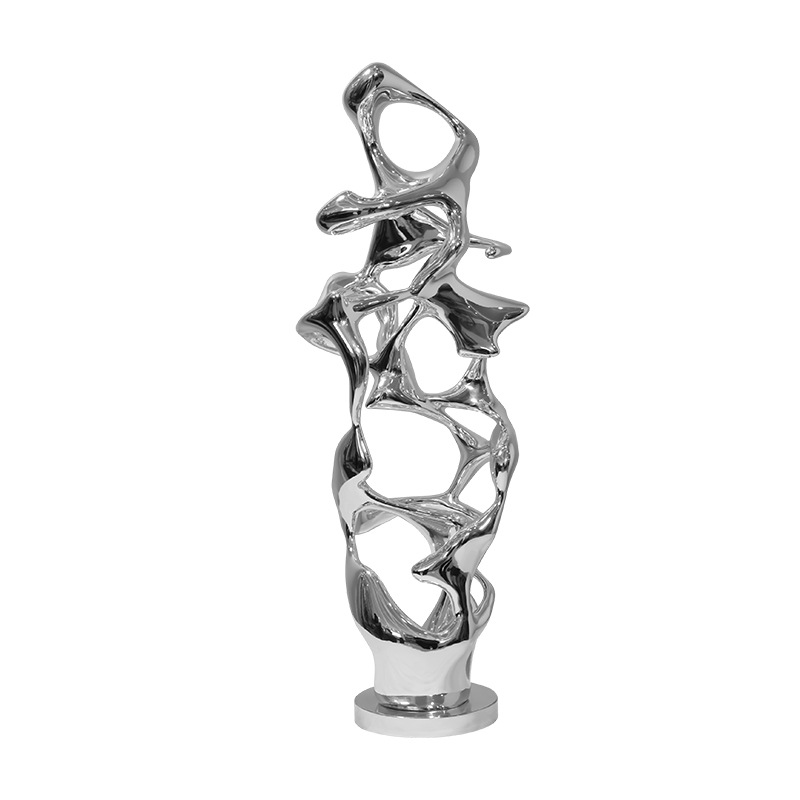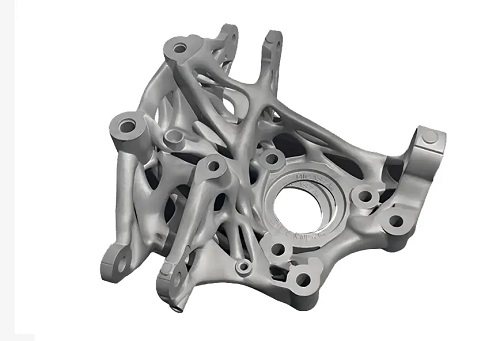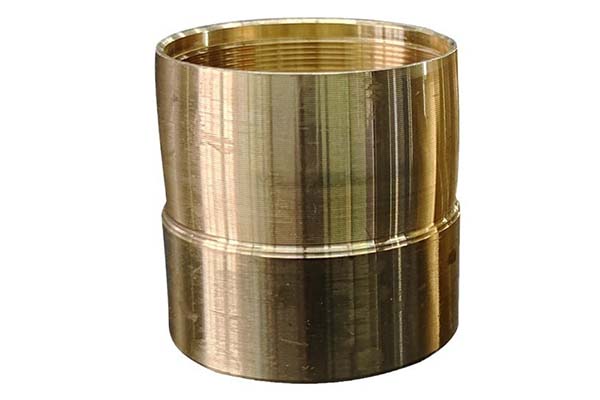Introduction to Metal 3D Printing
Metal 3D printing, or metal additive manufacturing, is a cutting-edge process that creates solid metal parts from digital designs by adding material layer by layer. Unlike traditional manufacturing methods, which remove material to form a part, metal 3D printing builds up layers, allowing for the creation of complex, detailed geometries that would be difficult or impossible to achieve with conventional techniques. The ability to use high-performance materials, such as stainless steel, titanium, aluminum, and nickel-based alloys, makes metal 3D printing particularly suited for industries requiring strong, lightweight, and durable parts, such as aerospace, automotive, medical, and industrial manufacturing.
Definition and Process
Metal 3D printing involves several distinct technologies:
- Selective Laser Melting (SLM): A laser is used to melt and fuse metal powder into a solid structure.
- Direct Metal Laser Sintering (DMLS): Similar to SLM, but uses a different type of laser and typically works with a wider range of materials.
- Electron Beam Melting (EBM): An electron beam is used to melt metal powder, ideal for high-precision and high-temperature applications.
Each of these methods allows the creation of parts with exceptional mechanical properties and precise geometries, offering distinct advantages in performance and customization.
Advantages Over Traditional Manufacturing
Metal 3D printing offers several advantages compared to conventional manufacturing processes:
- Design Freedom: It allows the creation of complex geometries, internal features (like lattice structures), and lightweight designs that are not possible with traditional methods.
- Reduced Waste: The additive process reduces material waste significantly compared to subtractive methods, making it more environmentally friendly.
- Customization: Metal 3D printing enables the production of highly customized, tailored parts, ideal for industries like medical (custom implants) and aerospace (bespoke engine components).
- Speed: Metal 3D printing can be faster than traditional manufacturing for certain components, especially for prototypes or low-volume production.
- Cost-Effectiveness: For small production runs or custom parts, metal 3D printing can reduce costs by eliminating the need for tooling and reducing lead times.
Key Metal 3D Printing Materials
Several materials are commonly used in metal 3D printing, each with specific properties that make them suitable for different applications.
1. Stainless Steel
- Properties: Stainless steel is a versatile, corrosion-resistant material that offers a good balance of strength, durability, and biocompatibility. It is often chosen for its resistance to rust and stains, making it ideal for harsh environments and parts that require frequent handling.
- Common Grades: Stainless Steel 316L is the most common grade used in metal 3D printing. It is known for its superior corrosion resistance and ease of welding.
- Applications:
- Aerospace: Components such as brackets, clamps, and engine parts.
- Medical: Surgical instruments, implants, and prosthetics.
- Automotive: Custom parts, structural elements, and tooling.
2. Titanium
- Properties: Titanium is renowned for its high strength-to-weight ratio, corrosion resistance, and biocompatibility. It is lightweight yet incredibly strong, making it a preferred material in industries where both strength and weight are critical factors.
- Common Alloys: Ti-6Al-4V (titanium alloy) is commonly used in metal 3D printing for aerospace and medical applications due to its enhanced mechanical properties.
- Applications:
- Aerospace: Turbine blades, engine components, and structural elements.
- Medical: Custom implants, prosthetics, and dental components (due to biocompatibility).
- Marine: Components that need resistance to corrosion, such as in harsh marine environments.
3. Aluminum
- Properties: Aluminum is a lightweight material that offers high thermal conductivity, excellent corrosion resistance, and good mechanical properties. It is often chosen for applications where reducing weight without sacrificing performance is essential.
- Common Alloys: AlSi10Mg is a popular aluminum alloy used in metal 3D printing due to its good balance of strength and printability.
- Applications:
- Aerospace: Lightweight structural components, brackets, and frames.
- Automotive: Engine parts, heat exchangers, and lightweight structural components.
- Consumer Goods: Custom parts for bicycles, sporting goods, and electronics.
4. Nickel-Based Alloys
- Properties: Nickel-based alloys, such as Inconel 625 and Hastelloy X, are known for their high-temperature strength, excellent corrosion resistance, and ability to withstand harsh environments. These materials are ideal for high-stress applications that involve extreme conditions.
- Applications:
- Aerospace: Turbine blades, rocket engine components, and combustion chambers.
- Chemical Processing: Parts for reactors, valves, and other equipment exposed to corrosive environments.
- Power Generation: Components for gas turbines and other high-temperature applications.
Material Selection Criteria
The choice of material for a 3D printed metal part depends on several factors:
1. Mechanical Properties
The material must be chosen based on the required strength, hardness, ductility, and other mechanical characteristics. For example:
- Titanium is chosen for parts that need high strength but low weight.
- Stainless steel is selected for its strength and resistance to corrosion, especially in medical and food processing applications.
2. Thermal Stability
Certain industries, such as aerospace and power generation, require materials that can withstand high temperatures without degrading. Titanium and nickel-based alloys are ideal for these high-performance applications.
3. Cost-Effectiveness
Material and printing process costs play an important role in material selection, especially for low-volume production runs. For example, aluminum may be selected over titanium for applications where weight is crucial, but the cost must be controlled.
4. Corrosion Resistance
In industries like aerospace and medical, resistance to corrosion is essential. Stainless steel and nickel-based alloys offer superior resistance to corrosion, especially in harsh environments.
Applications of Metal 3D Printing Materials
Metal 3D printing is transforming multiple industries by offering greater precision, efficiency, and customization.
Aerospace Industry
- Components: Turbine blades, engine parts, heat exchangers, structural supports, and fuel systems.
- Materials: Titanium, nickel-based alloys, and stainless steel are preferred due to their high strength, thermal stability, and resistance to corrosion.
- Benefits: Reduced weight, improved fuel efficiency, and the ability to create intricate, lightweight designs.
Automotive Sector
- Components: Lightweight parts like brackets, custom tooling, engine components, and gears.
- Materials: Aluminum, stainless steel, and titanium are commonly used to reduce weight while maintaining strength and durability.
- Benefits: Enhanced fuel efficiency, improved vehicle performance, and customizability for performance parts.
Medical Field
- Components: Custom implants (e.g., orthopedic, dental, cranial), prosthetics, and surgical instruments.
- Materials: Titanium and stainless steel are frequently used for their biocompatibility, strength, and resistance to corrosion.
- Benefits: Tailored medical solutions, improved patient outcomes, and the ability to produce highly customized, one-of-a-kind parts.
Industrial Manufacturing
- Components: Durable parts for machinery, tools, and high-performance industrial components.
- Materials: Nickel-based alloys and stainless steel are ideal for high-temperature or corrosive environments.
- Benefits: Durability and performance under extreme conditions, reduced downtime for machinery, and efficient production processes.
Conclusion
Metal 3D printing is revolutionizing the manufacturing industry by allowing the creation of complex, high-performance parts with unique materials that offer exceptional mechanical properties. Stainless steel, titanium, aluminum, and nickel-based alloys each bring their own set of advantages, making them ideal for applications in aerospace, automotive, medical, and industrial manufacturing. Understanding the properties and applications of these materials helps manufacturers optimize their production processes, improving efficiency, performance, and cost-effectiveness.
FAQs
Q1: What are the primary advantages of using metal 3D printing over traditional manufacturing methods?
A: Metal 3D printing offers several advantages, such as design freedom for creating complex geometries, reduced material waste, customization for unique parts, and faster production times for prototypes or small runs. It also allows for cost-effective low-volume production and faster turnaround times for complex components.
Q2: How does the choice of material impact the performance of a 3D printed metal part?
A: Material choice significantly affects performance in terms of strength, hardness, thermal stability, and corrosion resistance. For example, titanium is ideal for applications requiring strength and lightness, while nickel-based alloys are chosen for high-temperature environments.
Q3: Can you provide examples of specific industries where metal 3D printing has made a significant impact?
A: Metal 3D printing has transformed industries such as aerospace (for parts like turbine blades), automotive (for lightweight engine components), medical (for custom implants and prosthetics), and industrial manufacturing (for durable parts in extreme conditions).
